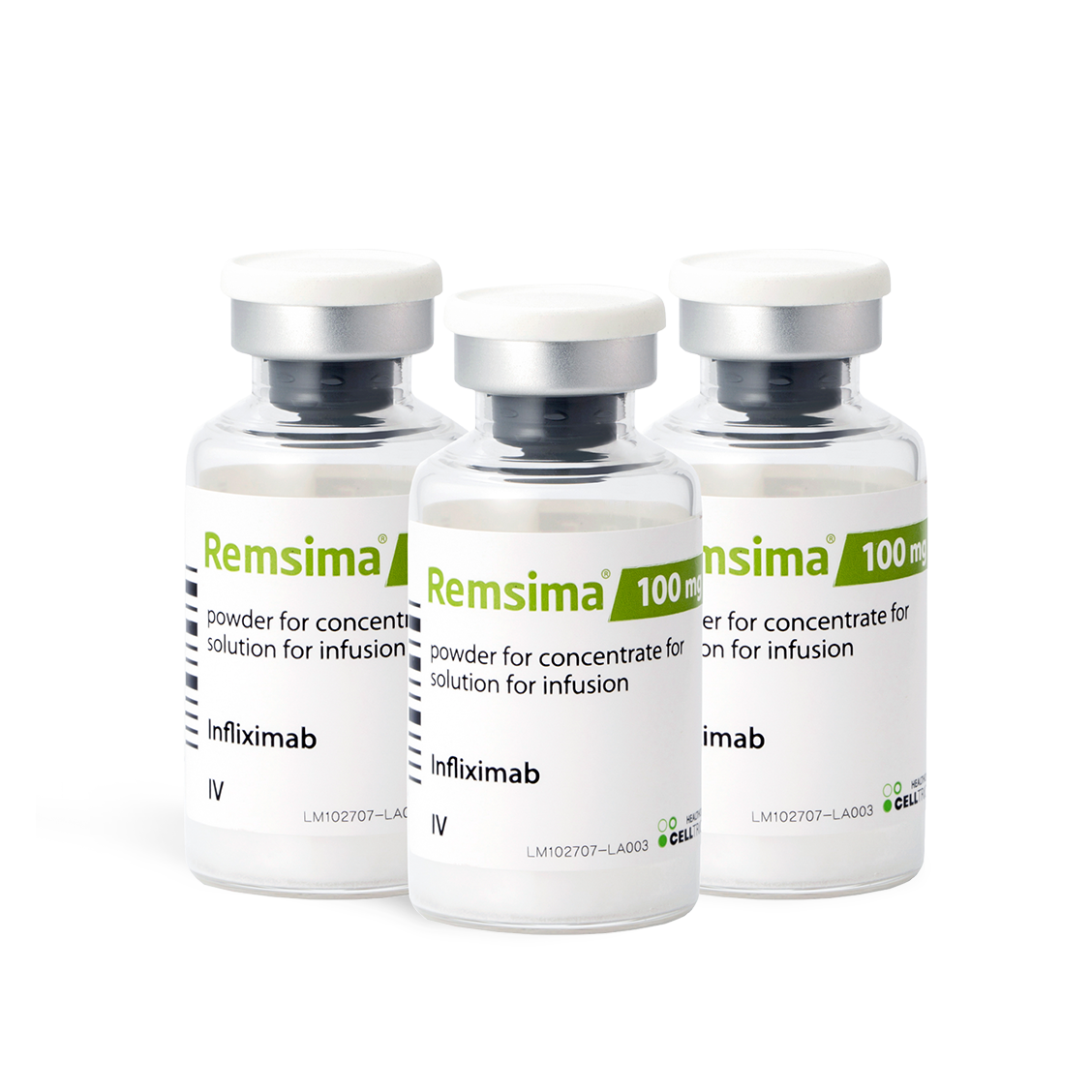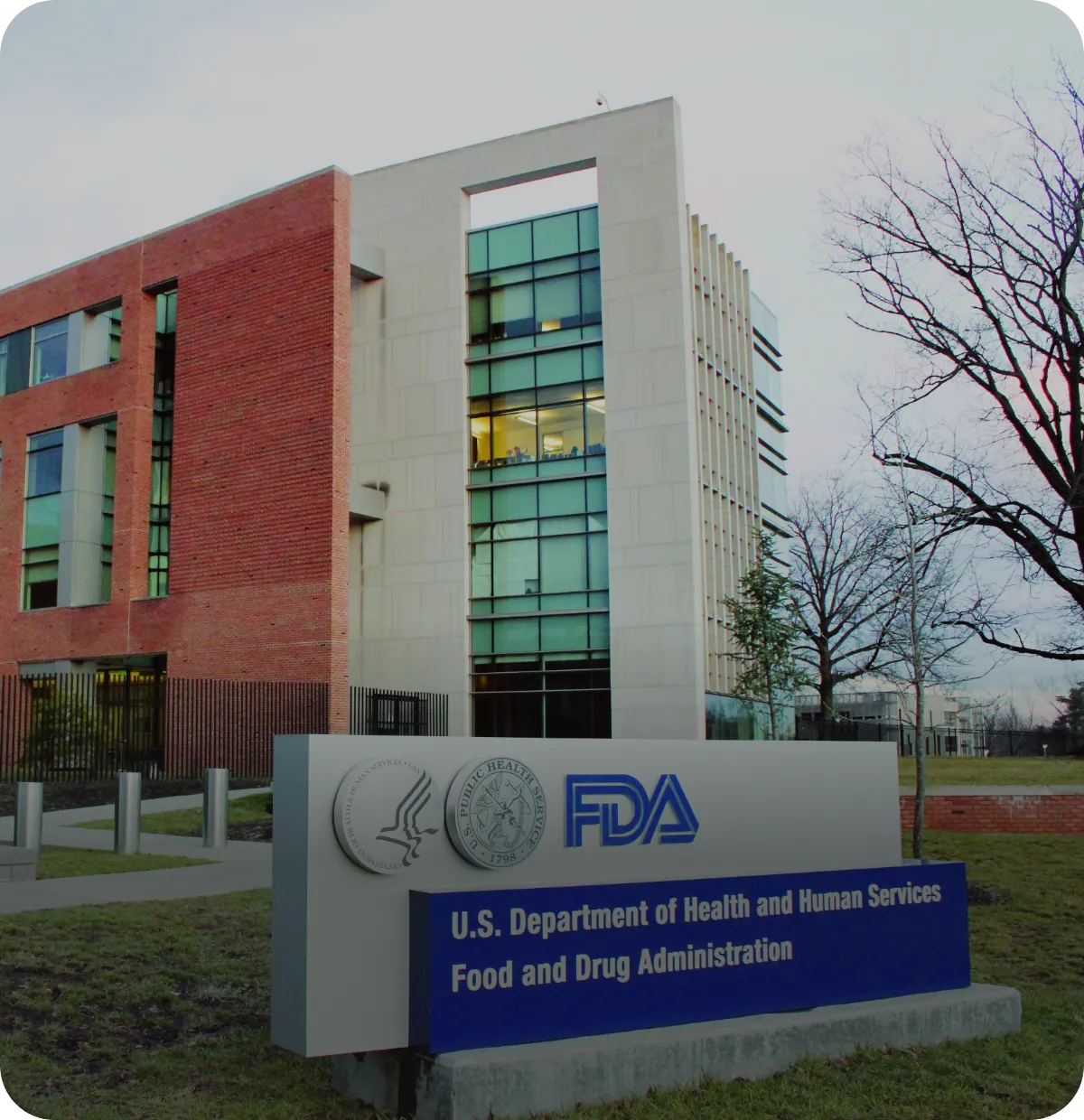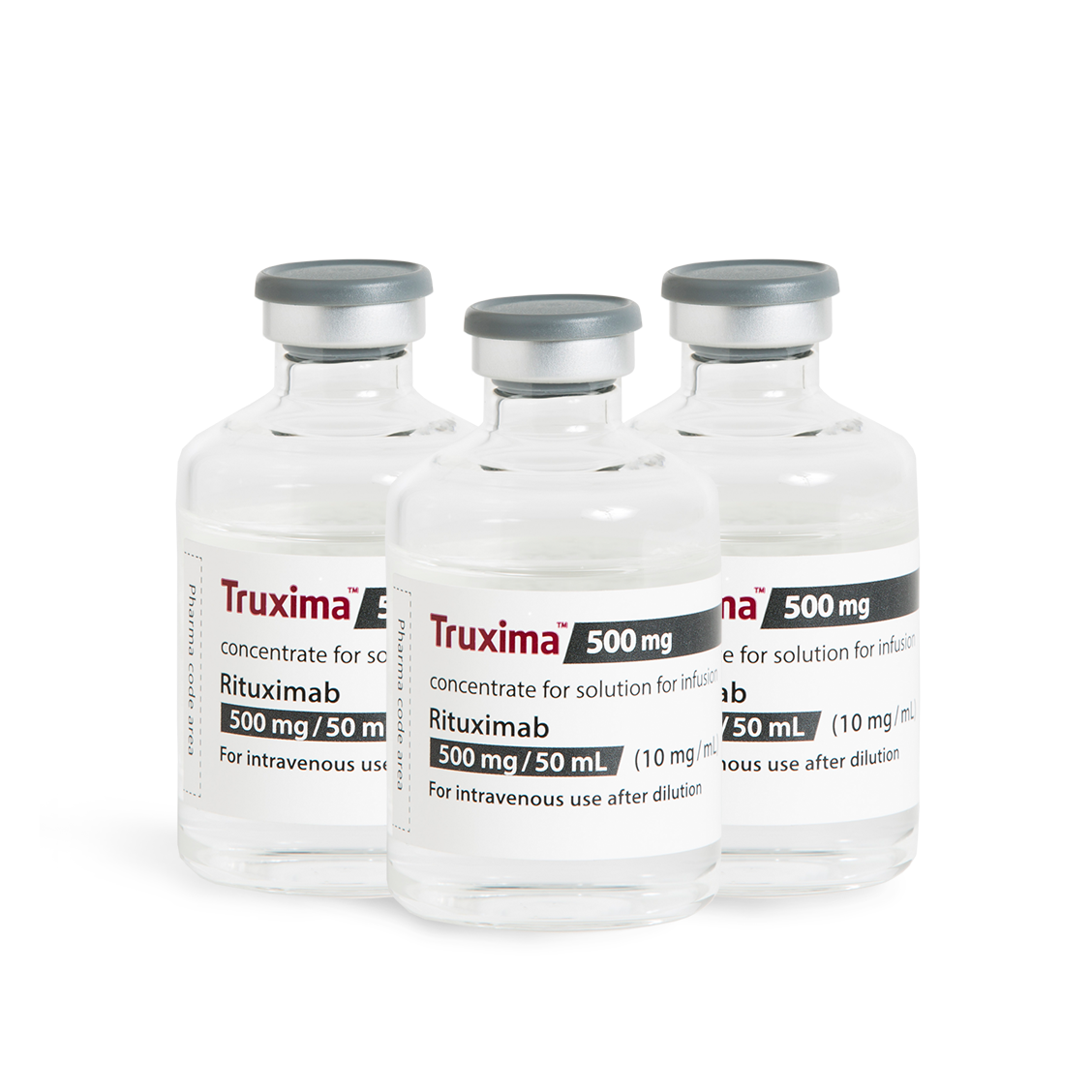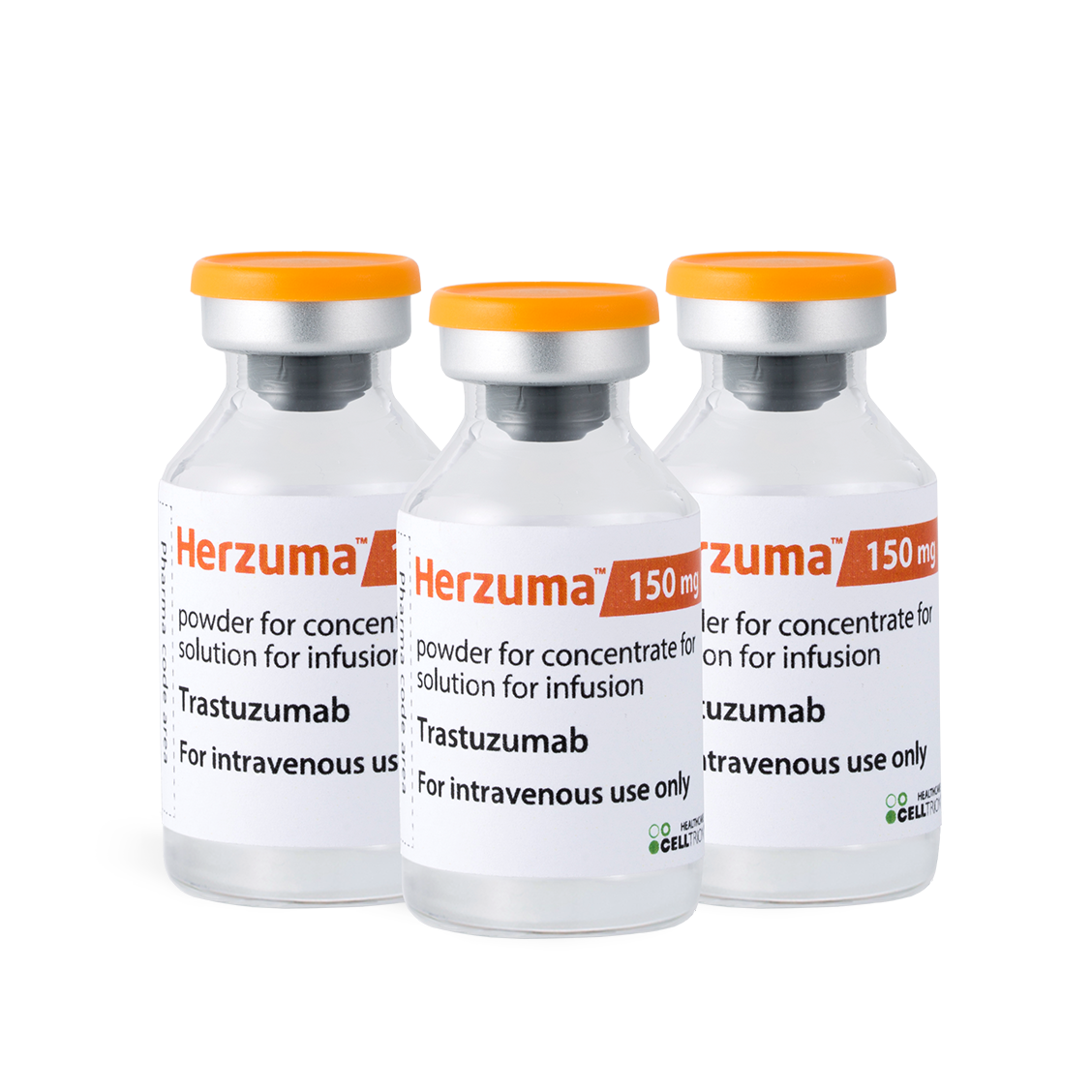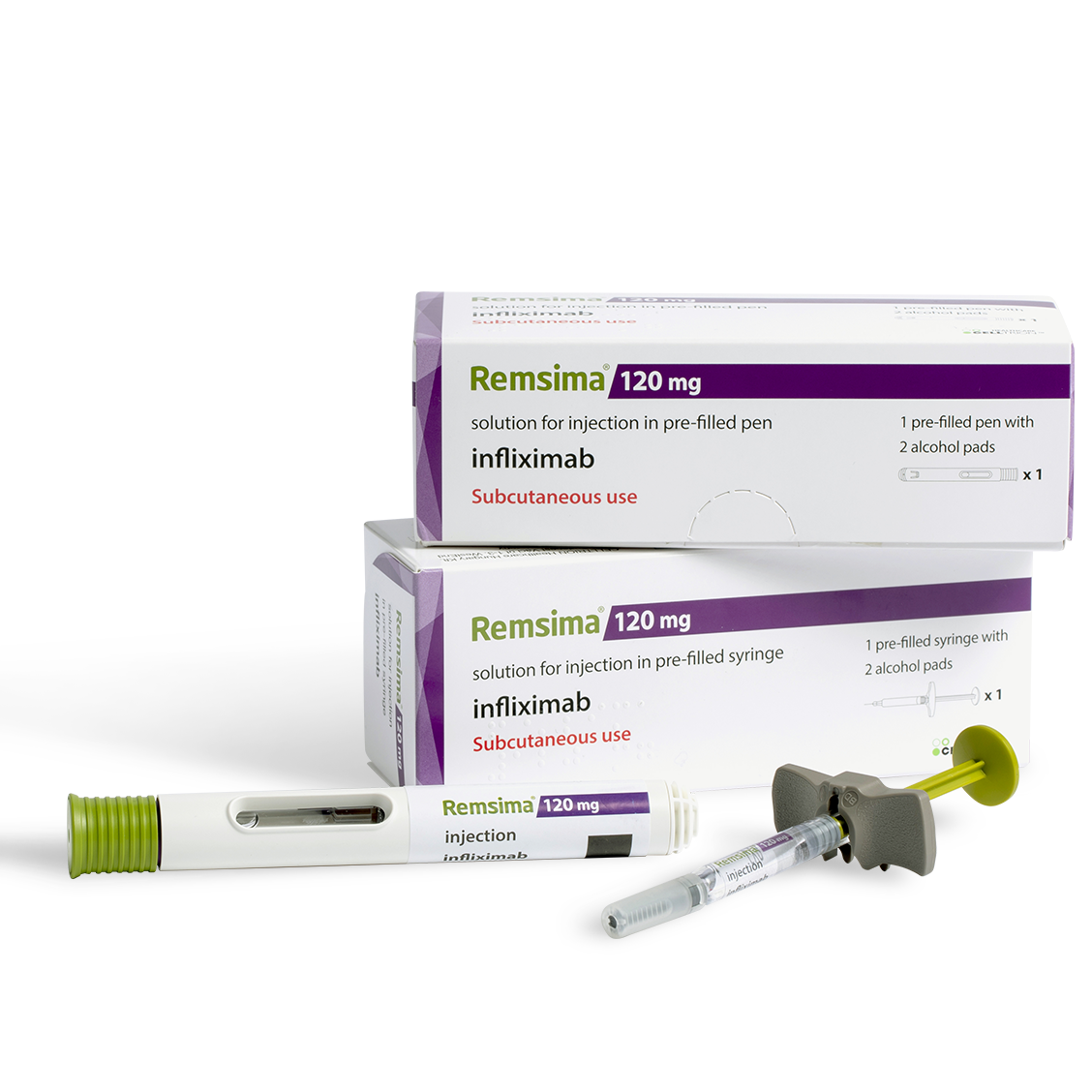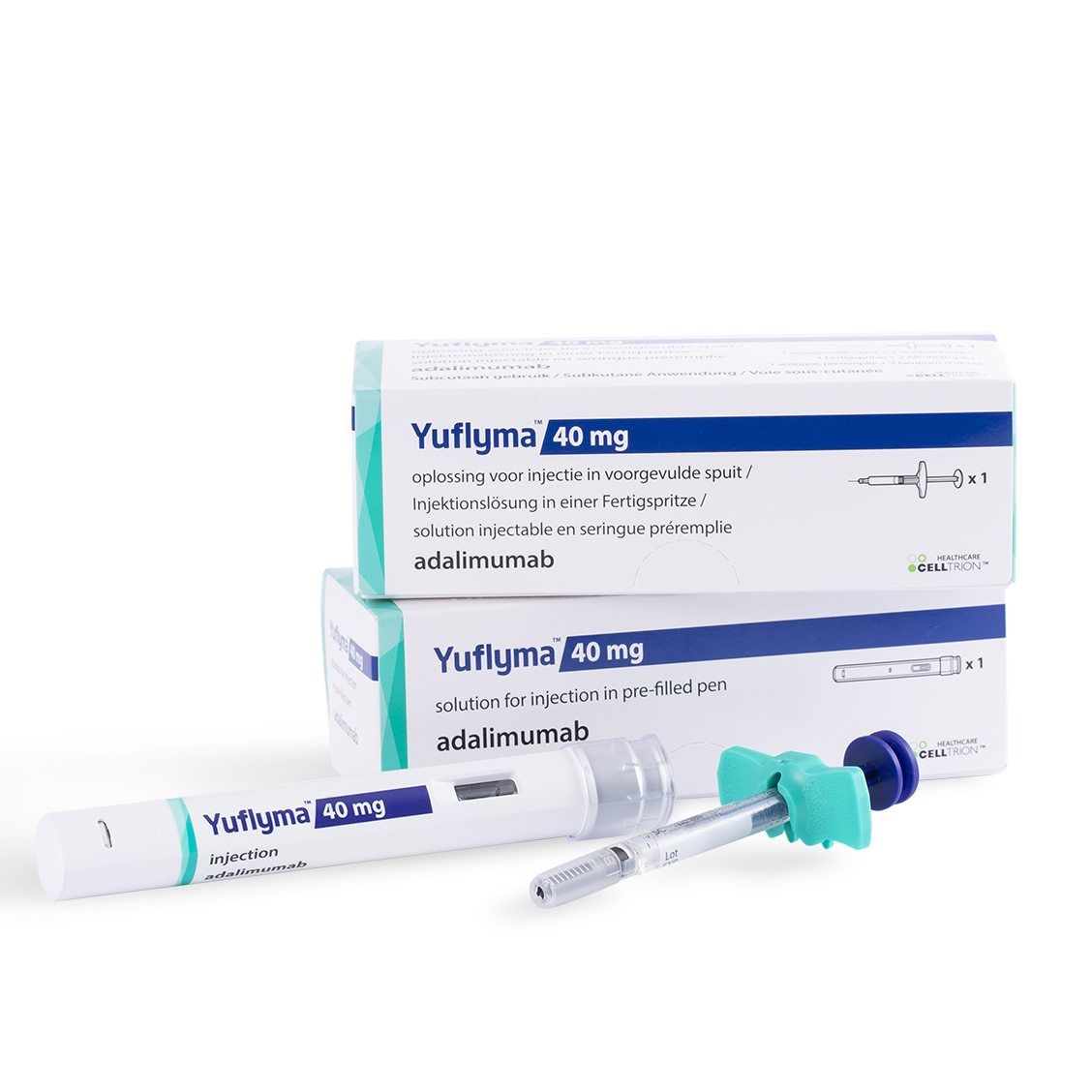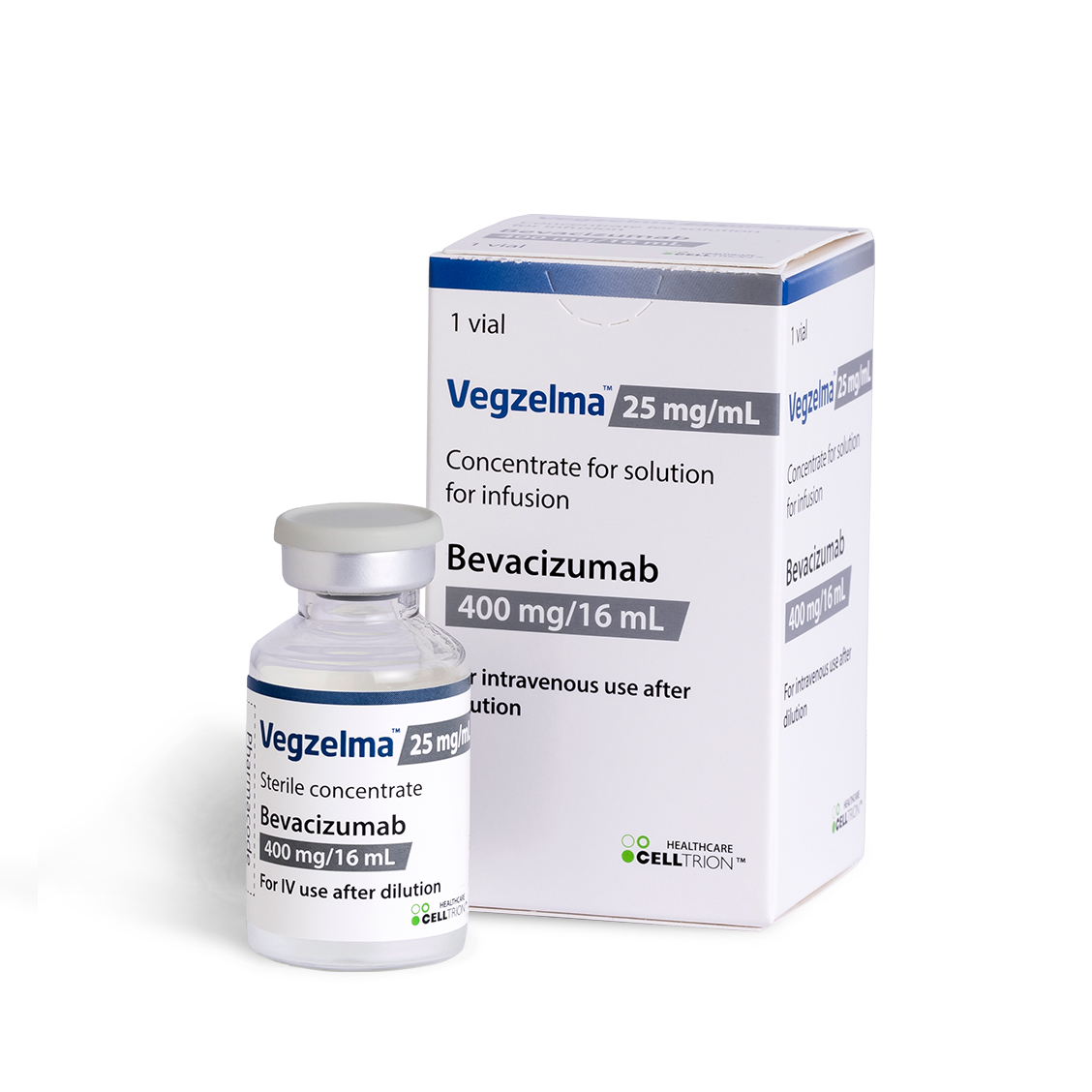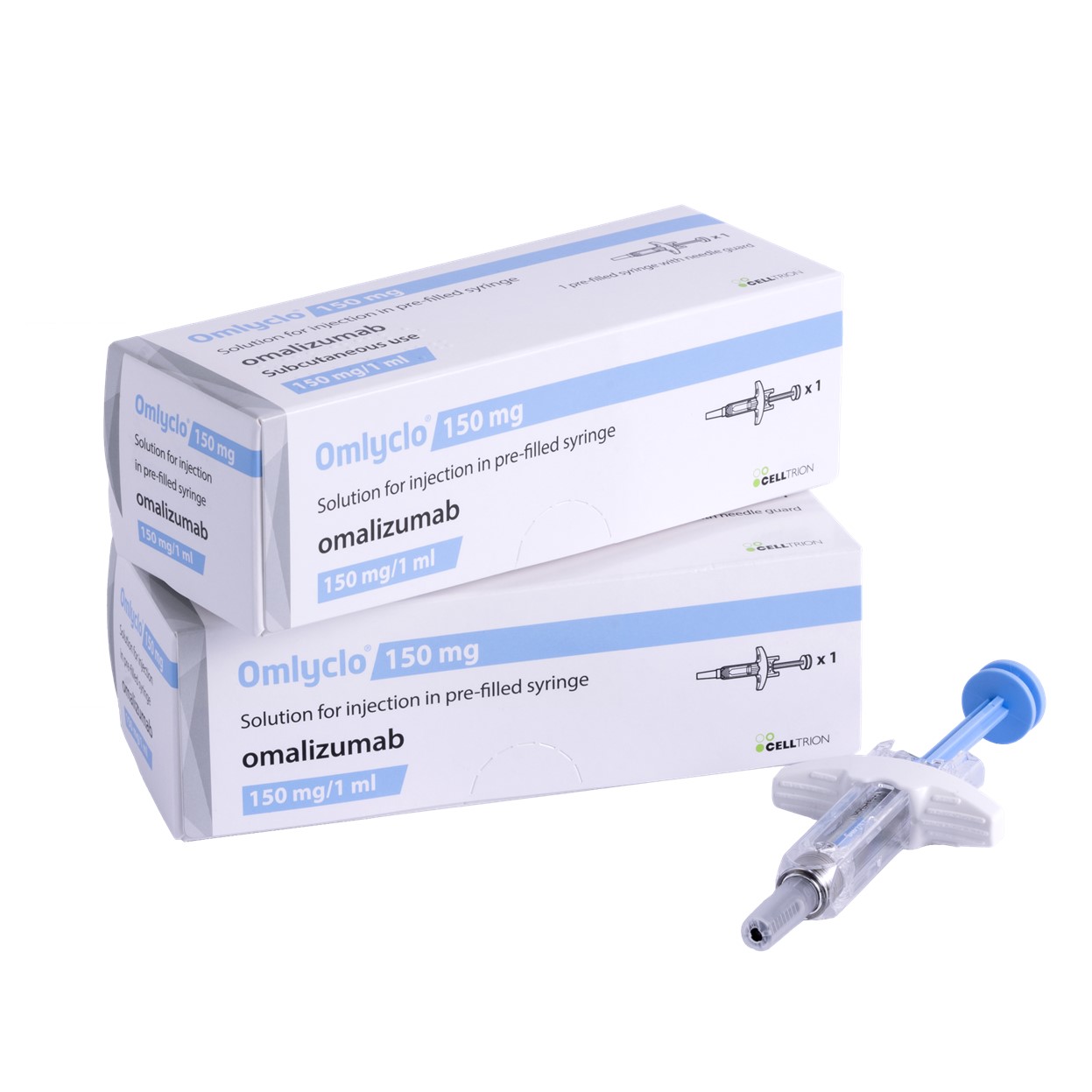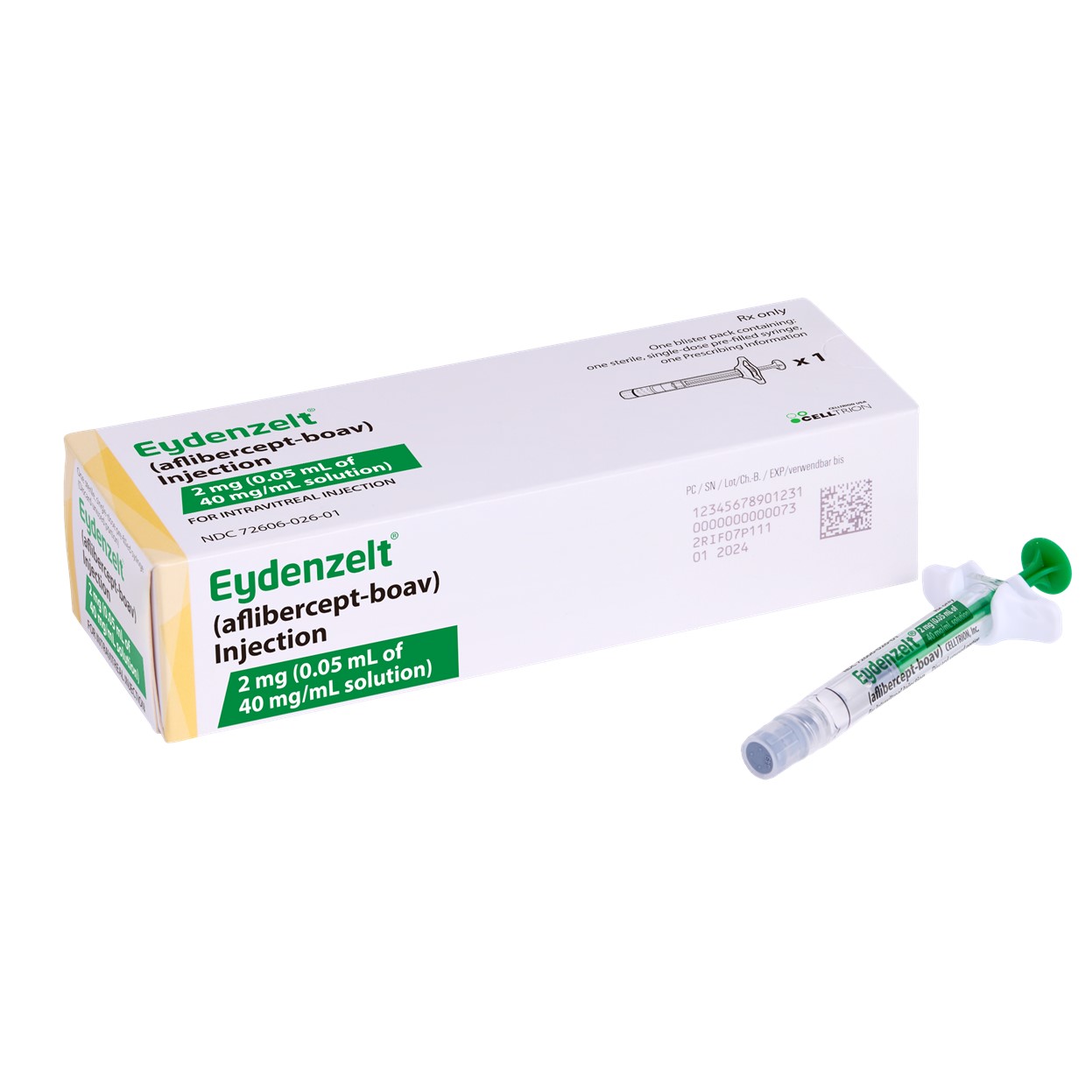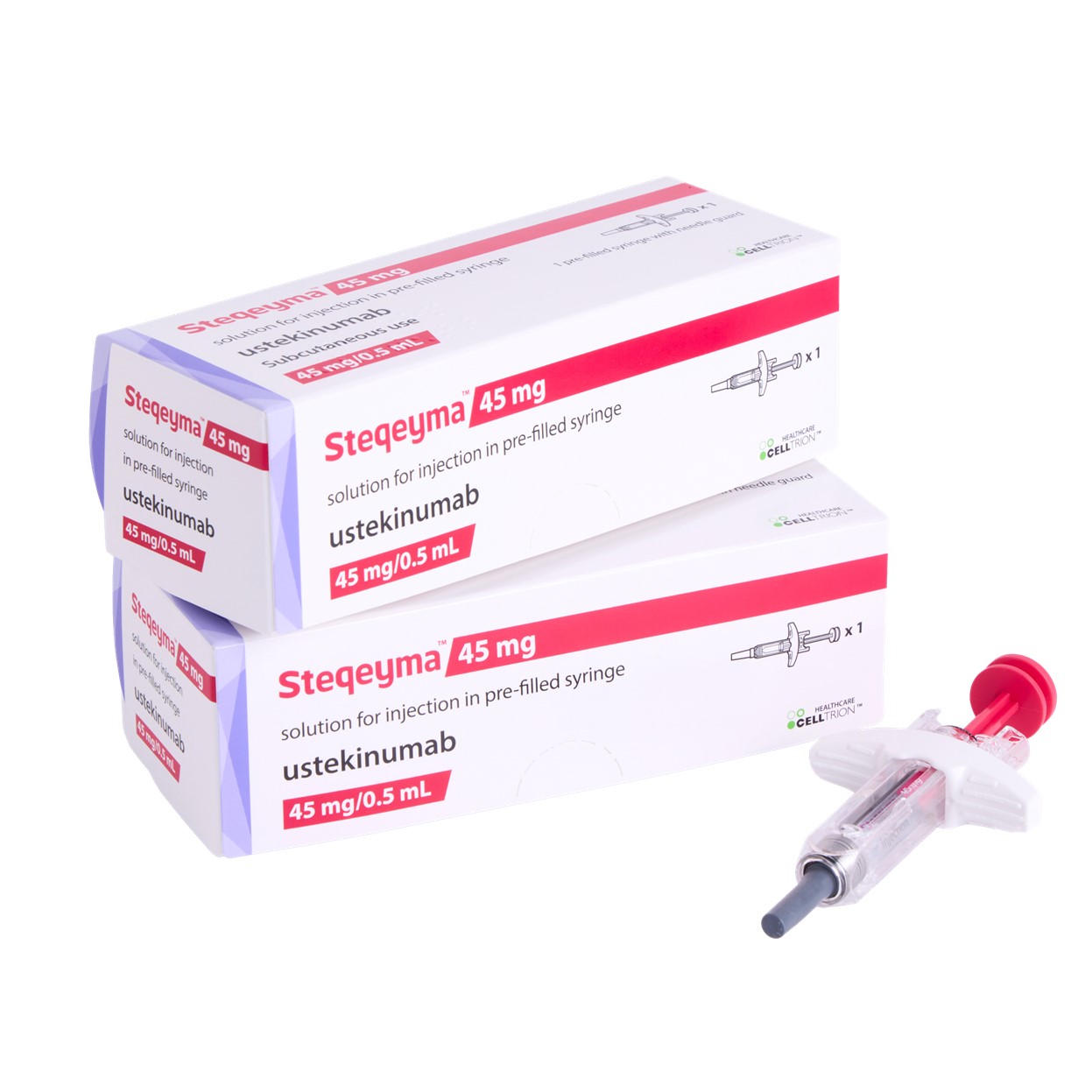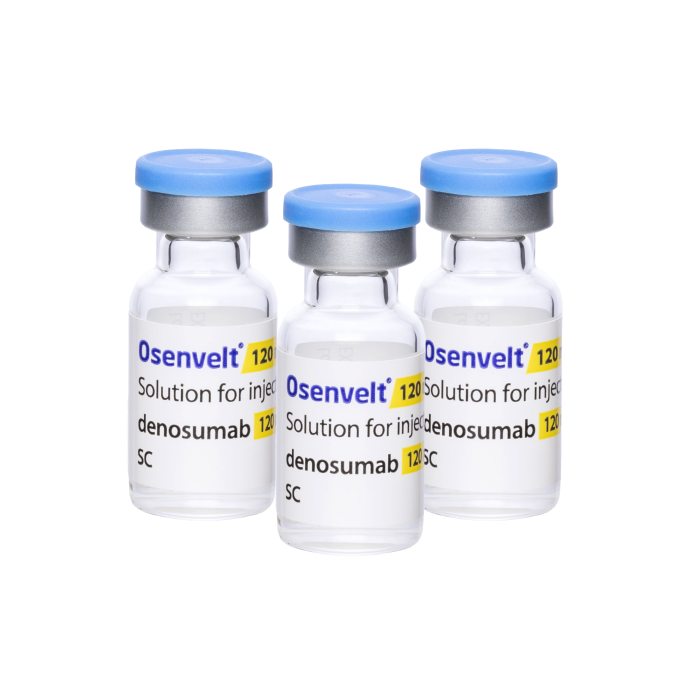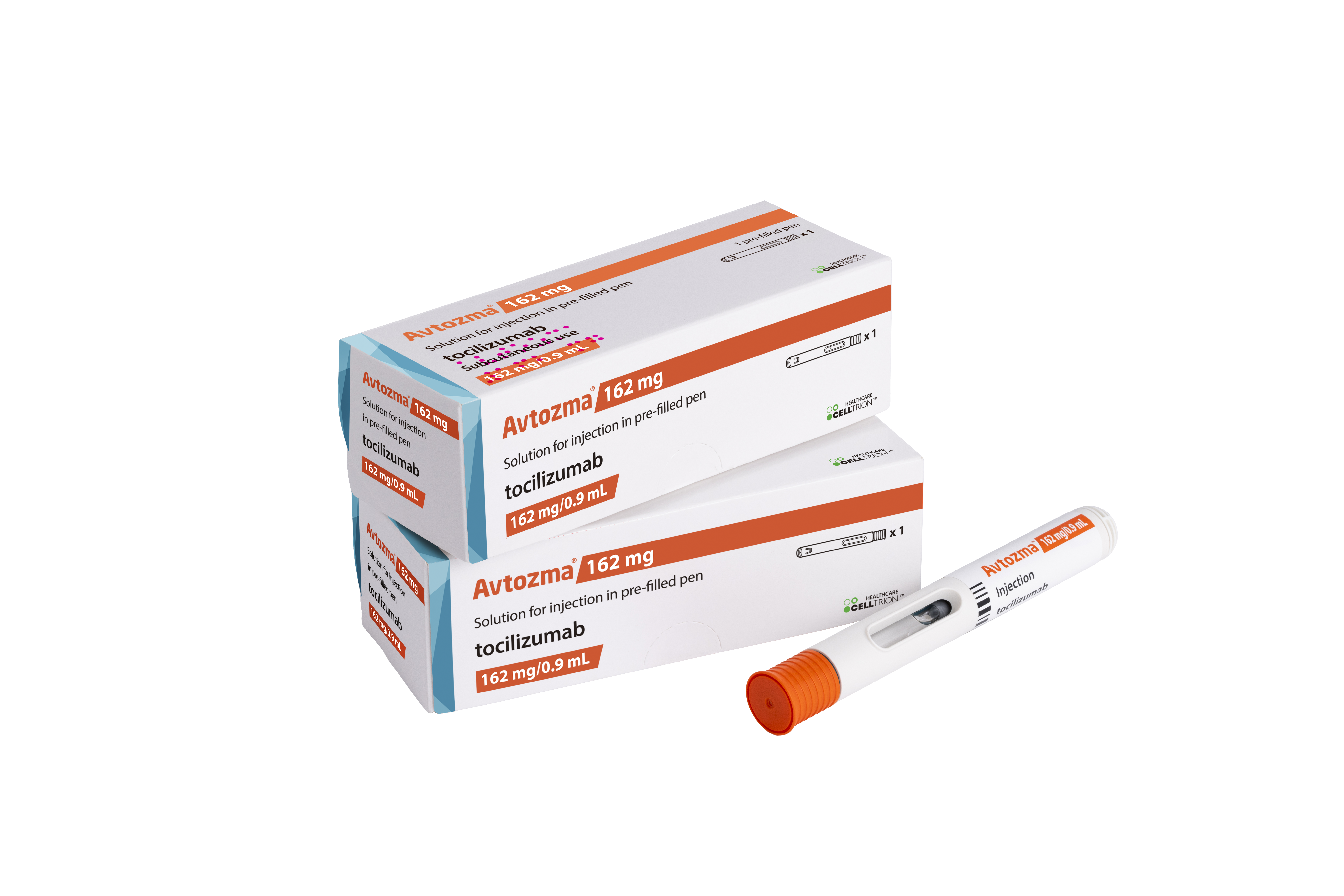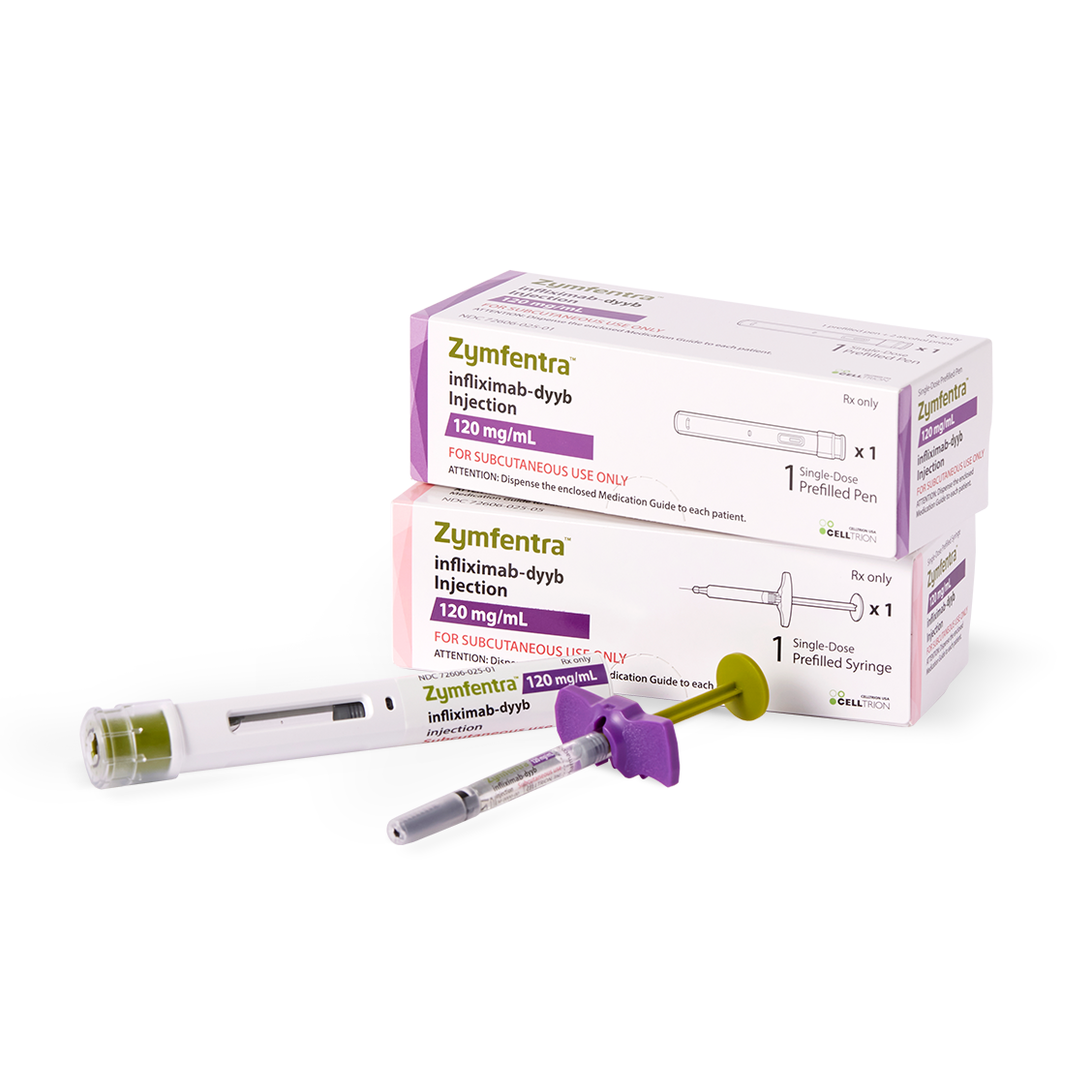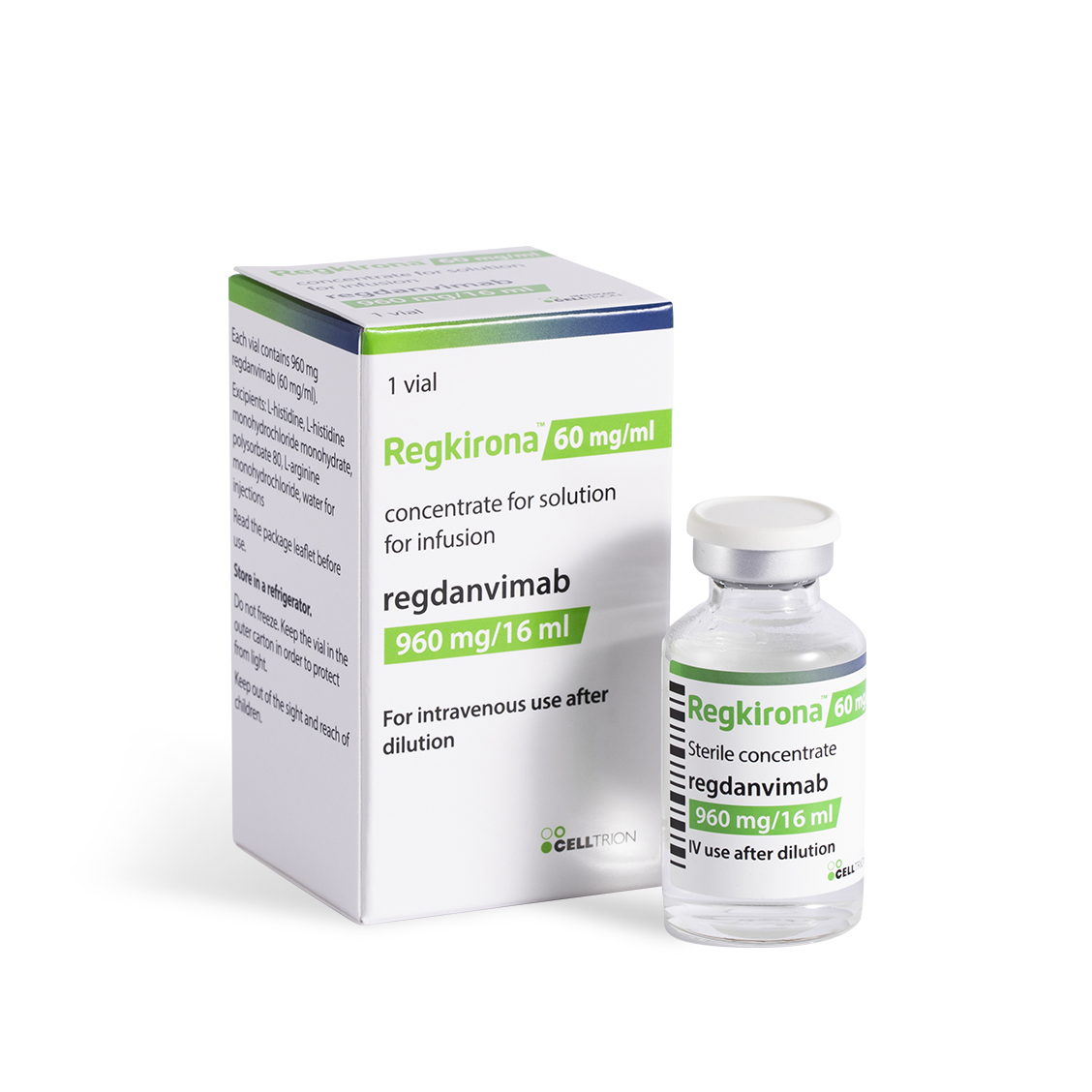Celltrion announces publication of post-hoc analysis of LIBERTY-CD study of ZYMFENTRA® (infliximab-dyyb), indicating consistent efficacy across disease location, including the terminal ileum in Clinical Gastroenterology and Hepatology journal
Findings from the post-hoc analysis of LIBERTY-CD study indicates efficacy of ZYMFENTRA® (subcutaneous infliximab) regardless of disease location, consistent across ileum-dominant and colon-dominant Crohn's disease (CD)Findings support the therapeutic potential of ZYMFENTRA in addressing persistent treatment gaps especially in ileum-dominant CD INCHEON, South Korea, Nov. 26, 2025 /PRNewswire/ -- Celltrion, Inc. today announced that a post-hoc analysis of the LIBERTY-CD study, which showed that the efficacy of ZYMFENTRA® (infliximab-dyyb) is consistent regardless of disease location, has been published in a peer reviewed journal, Clinical Gastroenterology and Hepatology.[1] "The consistency of treatment effect across disease locations is important, as ileal Crohn's disease (CD) is highly correlated with negative long-term outcomes and the fact that the terminal ileum being the most challenging segment to treat," said Prof. Jean-Frédéric Colombel, MD, Janowitz Division of Gastroenterology, Icahn School of Medicine at Mount Sinai. "The consistent clinical and endoscopic outcomes observed with subcutaneous formulation of infliximab, regardless of disease location, suggest its potential as an effective therapy across different ileocolonic segments." The post hoc analysis utilized the endoscopic data from the phase 3 LIBERTY-CD trial of subcutaneous formulation of infliximab (infliximab SC), ZYMFENTRA, to investigate the clinical outcomes and related predictive factors by disease location in patients with moderately-to-severely active CD who received infliximab SC maintenance treatment. Among 329 patients, 52.6% had colon-dominant CD (n=173) and 47.4% had ileum-dominant CD (n=105). At Week 54, patients receiving infliximab SC achieved significantly greater efficacy outcomes across all endpoints compared with placebo, regardless of disease location. Rates of clinical remission were 60.95% in the ileum-dominant group and 66.95% in the colon-dominant group, versus 37.25% and 29.09%, respectively, in the placebo group. Clinical response and endoscopic response rates similarly favored infliximab SC over placebo in both location groups (clinical response: 62.86% vs 41.18% in ileum-dominant and 67.80% vs 38.18% in colon-dominant; endoscopic response: 53.33% vs 19.61% in ileum-dominant and 52.54% vs 18.18% in colon dominant). When assessed at the segment level, endoscopic responses at Week 54 were greater with infliximab SC versus placebo across all ileocolonic segments, including the terminal ileum, with consistent treatment effect sizes observed throughout each segment. "As 70-80% of patients with Crohn's disease have ileal involvement at diagnosis, effective treatment of the ileum has the potential to benefit a large proportion of patients with Crohn's disease," said Nam Lee, Vice President of Global Medical Affairs at Celltrion. "It is encouraging to have this additional analysis that supports consistent efficacy of subcutaneous infliximab regardless of different disease location and segments." The full manuscript "Endoscopic response to subcutaneous infliximab by disease location: A post hoc analysis of the LIBERTY-CD study" is available online at Clinical Gastroenterology and Hepatology today. Notes to Editors: About ZYMFENTRA® (infliximab-dyyb; subcutaneous infliximab)ZYMFENTRA® (infliximab-dyyb) is a prescription medicine used as an injection under the skin (subcutaneous injection) by adults for the maintenance treatment of moderately-to-severely active ulcerative colitis following treatment with an infliximab product given by intravenous infusion (IV), Moderately-to-severely active Crohn's disease following treatment with an infliximab product given by intravenous infusion (IV). ZYMFENTRA blocks the action of tumor necrosis factor-alpha (TNF-alpha), a protein that can be overproduced in response to certain diseases and cause the immune system to attack normal, healthy parts of the body.ZYMFENTRA was approved by the FDA through the Biologics License Application (BLA) under the 351 (a) pathway of the Public Health Service Act (a "stand-alone" BLA). ZYMFENTRA is considered a new biologic with a first-approved subcutaneous administration form and thus will be under patent protection for its dosage form by 2037 and for its route of administration by 2040. Indication and Important Safety InformationZYMFENTRA® is a prescription medicine indicated in adults for maintenance treatment of:Moderately-to-severely active Crohn's disease following treatment with an infliximab product administered intravenously.Moderately-to-severely active ulcerative colitis following treatment with an infliximab product administered intravenously.It is not known if ZYMFENTRA is safe and effective in children under 18 years of age.What is the most important information I should know about ZYMFENTRA? SERIOUS INFECTIONSPatients treated with ZYMFENTRA are at increased risk for developing serious infections involving various organ systems and sites that may lead to hospitalization or death. Discontinue ZYMFENTRA if a patient develops a serious infection or sepsis. Reported infections include:Active tuberculosis (TB), including reactivation of latent TB. Patients frequently presented with disseminated or extrapulmonary disease. Patients should be tested for latent TB before and during treatment with ZYMFENTRA. Treatment for latent infection should be initiated prior to treatment with ZYMFENTRA.Invasive fungal infections, including histoplasmosis, coccidioidomycosis, candidiasis, aspergillosis, blastomycosis, and pneumocystosis. Patients may present with disseminated, rather than localized, disease. Empiric anti-fungal therapy should be considered in patients at risk for invasive fungal infections who develop severe systemic illness.Bacterial, viral, and other infections due to opportunistic pathogens, including Legionella and Listeria. The risks and benefits of treatment with ZYMFENTRA should be carefully considered prior to initiating therapy in patients with chronic or recurrent infection. Closely monitor patients for the development of signs and symptoms of infection during and after treatment with ZYMFENTRA, including the possible development of TB in patients who tested negative for latent TB infection prior to initiating therapy.Risk of infection may be higher in patients greater than 65 years of age, patients with comorbid conditions and/or patients taking concomitant immunosuppressant therapy. In clinical trials, other serious infections observed in patients treated with infliximab included arthritis bacterial, pneumonia, and urinary tract infection. MALIGNANCIESMalignancies, some fatal, have been reported in children, adolescents, and young adults treated with TNF blockers, including infliximab products.Approximately half of these cases were lymphomas, including Hodgkin's and non-Hodgkin's lymphoma. The other cases represented a variety of malignancies, including rare malignancies that are usually associated with immunosuppression and malignancies that are not usually observed in children and adolescents. The malignancies occurred after a median of 30 months after the first dose of therapy. Most of the patients were receiving concomitant immunosuppressants.Post-marketing cases of hepatosplenic T-cell lymphoma, a rare type of T-cell lymphoma, have been reported in patients treated with TNF blockers, including infliximab products. These cases have had a very aggressive disease course and have been fatal. The majority of reported cases have occurred in patients with Crohn's disease or ulcerative colitis, and most were in adolescent and young adult males. Almost all of these patients had received treatment with azathioprine or 6-mercaptopurine concomitantly with a TNF blocker at or prior to diagnosis. Carefully assess the risks and benefits of treatment with ZYMFENTRA, especially in these patient types. In clinical trials of all TNF blockers, more cases of malignancies were observed compared with controls and the expected rate in the general population. In clinical trials of some TNF blockers, including infliximab products, more cases of other malignancies were observed compared with controls. As the potential role of TNF blocker therapy in the development of malignancies is not known, caution should be exercised when considering treatment of patients with a current or a past history of malignancy.Melanoma and Merkel cell carcinoma have been reported in patients treated with TNF blocker therapy, including infliximab products. Periodic skin examination is recommended for all patients, particularly those with risk factors for skin cancer. CONTRAINDICATIONSZYMFENTRA is contraindicated in patients with a previous severe hypersensitivity reaction to infliximab-dyyb, other infliximab products, any of the inactive ingredients of ZYMFENTRA or any murine proteins (severe hypersensitivity reactions have included anaphylaxis, hypotension and serum sickness). HEPATITIS B VIRUS REACTIVATIONTNF blockers, including infliximab products, have been associated with reactivation of hepatitis B virus (HBV) in patients who are chronic carriers. Some cases were fatal. Patients should be tested for HBV infection before initiating ZYMFENTRA. For patients who test positive, consult a physician with expertise in the treatment of hepatitis B. Exercise caution when prescribing ZYMFENTRA for patients identified as carriers of HBV and monitor closely for active HBV infection during and following termination of therapy with ZYMFENTRA. Discontinue ZYMFENTRA in patients who develop HBV reactivation and initiate antiviral therapy with appropriate supportive treatment. Exercise caution when considering resumption of ZYMFENTRA and monitor patients closely. HEPATOTOXICITYHepatobiliary disorders, including acute liver failure, jaundice abnormal hepatic function, hepatic steatosis, hepatitis, hepatotoxicity, hyperbilirubinemia and non-alcoholic fatty liver, have been reported in patients receiving infliximab products post-marketing. Some cases were fatal or required liver transplant. Aminotransferase elevations were not noted prior to discovery of liver injury in many cases. Patients with symptoms or signs of liver dysfunction should be evaluated for evidence of liver injury. If jaundice and/or marked liver enzyme elevations (eg, ≥5 times the upper limit of normal) develop, ZYMFENTRA should be discontinued and a thorough investigation of the abnormality should be undertaken. CONGESTIVE HEART FAILURECases of worsening congestive heart failure (CHF) and new onset CHF have been reported with TNF blockers. Some cases had a fatal outcome. In several exploratory trials of other TNF blockers in the treatment of CHF, there were greater proportions of TNF-blocker-treated patients who had CHF exacerbations requiring hospitalization or increased mortality. ZYMFENTRA has not been studied in patients with a history of CHF and ZYMFENTRA should be used with caution in patients with CHF. HEMATOLOGIC REACTIONCases of leukopenia, neutropenia, thrombocytopenia and pancytopenia (some fatal) have been reported. The causal relationship to infliximab-product therapy remains unclear. Exercise caution in patients who have ongoing or a history of significant hematologic abnormalities. Advise patients to seek immediate medical attention if they develop signs and symptoms of blood dyscrasias or infection. Consider discontinuation of ZYMFENTRA in patients who develop significant hematologic abnormalities. HYPERSENSITIVITY AND OTHER ADMINISTRATION REACTIONSIn post-marketing experience, serious systemic hypersensitivity reactions (including anaphylaxis, hypotension and serum sickness) have been reported following administration of infliximab products. If an anaphylactic or other clinically significant hypersensitivity reaction occurs, institute appropriate therapy and discontinue ZYMFENTRA. INJECTION SITE REACTIONSIn clinical studies, localized injection-site reactions were reported following administration of ZYMFENTRA. If a clinically significant injection-site reaction occurs, institute appropriate therapy and discontinue ZYMFENTRA. NEUROLOGIC REACTIONSAgents that inhibit TNF have been associated with central nervous system (CNS) manifestation of systemic vasculitis, seizure and new onset or exacerbation of CNS demyelinating disorders, including multiple sclerosis and optic neuritis and peripheral demyelinating disorders, including Guillain-Barré syndrome. Exercise caution when considering ZYMFENTRA in patients with these disorders and consider discontinuation if these disorders develop. RISK OF INFECTION WITH CONCURRENT ADMINISTRATION OF OTHER BIOLOGICS PRODUCTSSerious infections and neutropenia have been reported with concurrent use of ZYMFENTRA with other immunosuppressive biological products. The concurrent use of ZYMFENTRA with other immunosuppressive biological products used to treat UC and CD may increase the risk of infection and is not recommended. RISK OF ADDITIVE IMMUNOSUPPRESSIVE EFFECTS FROM PRIOR BIOLOGICAL PRODUCTSConsider the half-life and mode of action of prior biological products to avoid unintended additive immunosuppressive effects when initiating ZYMFENTRA. AUTOIMMUNITYTreatment with TNF blockers may result in the formation of autoantibodies and in the development of a lupus-like syndrome. Discontinue ZYMFENTRA treatment if symptoms of a lupus-like syndrome develop. VACCINATIONS AND USE OF LIVE VACCINES/THERAPEUTIC INFECTIOUS AGENTSPrior to initiating ZYMFENTRA, update vaccinations in accordance with current vaccination guidelines. Live vaccines or therapeutic infectious agents should not be given with ZYMFENTRA due to the possibility of clinical infections, including disseminated infections. At least a 6-month waiting period following birth is recommended before the administration of any live vaccine to infants exposed in utero to ZYMFENTRA. ADVERSE REACTIONSIn clinical trials with ZYMFENTRA, the most common adverse reactions occurring in ≥3% of ZYMFENTRA-treated patients included site reactions, COVID-19, anemia, arthralgia, infection site reaction, increased alanine aminotransferase and abdominal pain for UC, and COVID-19, headache, upper respiratory tract infection, injection site reaction, diarrhea, increased blood creatine phosphokinase, arthralgia, increased alanine aminotransferase, hypertension, urinary tract infection, neutropenia, dizziness and leukopenia for CD.Please click for Full U.S. Prescribing Information. Globally, prescribing information varies; refer to the individual country product label for complete information. About Celltrion, Inc.Celltrion is a leading biopharmaceutical company that specializes in researching, developing, manufacturing, marketing and sales of innovative therapeutics that improve people's lives worldwide. Celltrion is a pioneer in the biosimilar space, having launched the world's first monoclonal antibody biosimilar. Our global pharmaceutical portfolio addresses a range of therapeutic areas including immunology, oncology, hematology, ophthalmology and endocrinology. Beyond biosimilar products, we are committed to advancing our pipeline with novel drugs to push the boundaries of scientific innovation and deliver quality medicines. For more information, please visit our website https://www.celltrion.com/en-us. and stay updated with our latest news and events on our social media: LinkedIn, Instagram, X, and Facebook. About Celltrion USACelltrion USA is Celltrion's U.S. subsidiary established in 2018. Headquartered in New Jersey, Celltrion USA is committed to expanding access to innovative biologics to improve care for U.S. patients. Celltrion's FDA-approved biosimilar products in immunology, oncology, hematology, and endocrinology include: INFLECTRA® (infliximab-dyyb), TRUXIMA® (rituximab-abbs), HERZUMA® (trastuzumab-pkrb), VEGZELMA® (bevacizumab-adcd), YUFLYMA®(adalimumab-aaty), AVTOZMA® (tocilizumab-anho), STEQEYMA® (ustekinumab-stba), STOBOCLO® (denosumab-bmwo), OSENVELT® (denosumab-bmwo), OMLYCLO® (omalizumab-igec), and EYDENZELT® (aflibercept-boav) as well as the novel biologic ZYMFENTRA® (infliximab-dyyb).Celltrion USA will continue to leverage Celltrion's unique heritage in biotechnology, supply chain excellence and best-in-class sales capabilities to improve access to high-quality biopharmaceuticals for U.S. patients. For more information, please visit www.celltrionusa.com and stay updated with our latest news and events on our social media: LinkedIn. FORWARD-LOOKING STATEMENTCertain information set forth in this press release contains statements related to our future business and financial performance and future events or developments involving Celltrion, Inc. and its subsidiaries that may constitute forward-looking statements under pertinent securities laws. This press release contains forward looking statements. These statements may be also identified by words such as "prepares", "hopes to", "upcoming", "plans to", "aims to", "to be launched", "is preparing", "once gained", "could", "with the aim of", "may", "once identified", "will", "working towards", "is due", "become available", "has potential to", "anticipate" the negative of these words or such other variations thereon or comparable terminology.In addition, our representatives may make oral forward-looking statements. Such statements are based on the current expectations and certain assumptions of Celltrion, Inc. and its subsidiaries' management, of which many are beyond its control.Forward-looking statements are provided to allow potential investors the opportunity to understand management's beliefs and opinions in respect of the future so that they may use such beliefs and opinions as one factor in evaluating an investment. These statements are not guarantees of future performance and undue reliance should not be placed on them.Such forward-looking statements necessarily involve known and unknown risks and uncertainties associated with the company's business, including the risk factors disclosed in its Annual Report and/or Quarterly Reports, which may cause actual performance and financial results in future periods to differ materially from any projections of future performance or results expressed or implied by such statements.Celltrion, Inc. and its subsidiaries undertake no obligation to update forward-looking statements if circumstances or management's estimates or opinions should change except as required by applicable securities laws. References[1] Bruce E. Sands et al., Endoscopic response to subcutaneous infliximab by disease location: A post hoc analysis of the LIBERTY-CD study. Clinical Gastroenterology and Hepatology. 2025.
